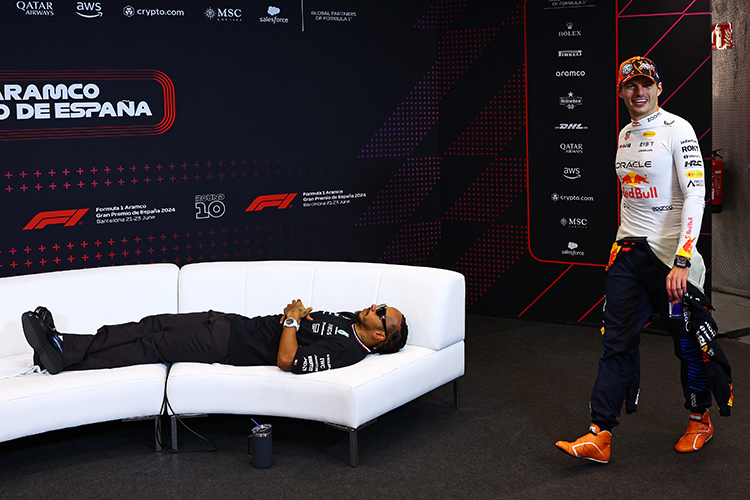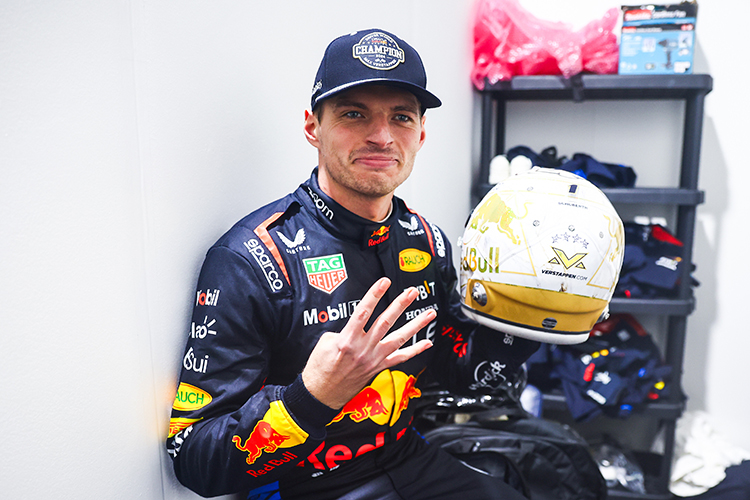F1 Driver Age: Does It Really Matter on the Formula 1 Track?

Formula 1 World Champions: A legacy of racing legends
F1 Driver Age: Does It Really Matter on the Track?
Age isn't just a number when it comes to Formula 1. It often impacts a driver's approach to racing, affecting their aggressiveness, risk-taking abilities, and overall driving style.
The Impact of Age in Formula 1: How It Influences Driving Styles and Strategies
Age is a significant factor in Formula 1 racing, influencing everything from a driver's aggression on the track to their ability to strategize and manage race conditions. Drivers span a wide age range, and each group brings unique strengths and challenges. In this article, we explore how age affects the driving performance and strategies of F1 drivers.
Physical Fitness and Reflexes
Younger Drivers: Advantages of Physical Peak
Younger drivers, typically in their early 20s, are often at their physical peak. This translates to superior reflexes and quicker reaction times, providing a distinct advantage in high-pressure situations. Their aggressive driving styles allow them to take risks, pushing the car to its limits and frequently achieving faster lap times.
Older Drivers: Experience Over Agility
Older drivers, usually in their 30s or 40s, may not possess the same level of physical agility, but their vast experience allows them to excel in mental endurance and racecraft. While their reflexes might be slower, they compensate with strategic thinking and precise control, making them formidable opponents on the track.
Strategic Thinking: Risk Management and Tire Conservation
Young Drivers: Risk-Taking on the Track
Younger drivers tend to take more risks, which can result in thrilling overtakes but may also lead to mistakes or accidents. Their aggressive strategies focus on immediate gains rather than long-term consistency.
Older Drivers: Strategic and Calculated
Older drivers are more conservative with their approach, opting for strategies that prioritize race finishes and consistency. Their experience helps them manage tire conservation and race tactics over the course of longer races, often resulting in fewer pit stops and more efficient use of tire life.
Mental Resilience: Handling Pressure and Technological Adaptation
Younger Drivers: Rising to the Challenge
Younger drivers are often eager to prove themselves and may struggle with the pressure of expectations. This can lead to mistakes under stress but also fuels their drive to improve and learn quickly on the circuit.
Older Drivers: Masters of Mental Resilience
Veteran drivers excel at handling high-pressure situations, using their years of experience to stay calm and make rational decisions when it matters most. Their ability to adapt to changing race conditions gives them a competitive edge, even as their physical abilities decline slightly.
Technological Adaptation
Young Drivers: Embracing New Technology
Younger drivers are typically more comfortable with the latest technologies in F1, quickly adapting to new car designs, power units, and digital tools. This technological fluency enhances their ability to execute complex driving techniques and manage car settings during races.
Older Drivers: Leveraging Experience with New Tools
While older drivers may take longer to fully adjust to new technologies, their deep understanding of the sport allows them to integrate these innovations into their racing strategies effectively. They rely on their wealth of knowledge and adaptability to make the most of new tools and car features.
Age Demographics of F1 Drivers
As of 2024, the average age of an F1 driver is 27.6 years, with a wide range of ages represented on the grid. The youngest driver is Oscar Piastri, 22, while the oldest is Fernando Alonso, 41. This diversity in age brings a mix of youthful energy and veteran wisdom, contributing to the dynamic nature of Formula 1.
Younger Drivers: Rising Stars
Drivers under 25, like Oscar Piastri and Lando Norris, inject fresh energy into F1, often with aggressive racing styles and innovative strategies. These young stars are quickly learning and refining their skills, with the potential to become future champions.
The Prime Contenders: Drivers Aged 25-35
Drivers between 25 and 35, such as Max Verstappen, Charles Leclerc, and Pierre Gasly, combine youthful vigor with valuable experience, making them the backbone of F1 racing. They balance risk-taking with calculated decisions, maintaining competitiveness while showing strategic maturity.
Seasoned Veterans: Wisdom and Endurance Above 35
Veteran drivers like Lewis Hamilton and Fernando Alonso continue to thrive in their late 30s and early 40s, demonstrating that age can be an asset in F1. Their wealth of experience and tactical brilliance make them key players on the track, even as their physical capabilities may decline slightly.
Conclusion: Age and Experience in Formula 1
Age plays a crucial role in shaping the performance and strategies of Formula 1 drivers. While younger drivers bring aggression and quick reflexes, older drivers rely on experience and strategic thinking to maintain their competitive edge. Both age groups contribute to the sport's excitement and unpredictability, proving that in F1, success isn't solely determined by age but by a combination of talent, adaptability, and experience.
F1 Driver Age Trends
Historically, the average age of F1 drivers has decreased, with younger drivers gaining more opportunities on the grid. This shift, combined with advancements in technology, ensures that F1 continues to evolve, maintaining a thrilling balance of youth and experience.
Up Next



